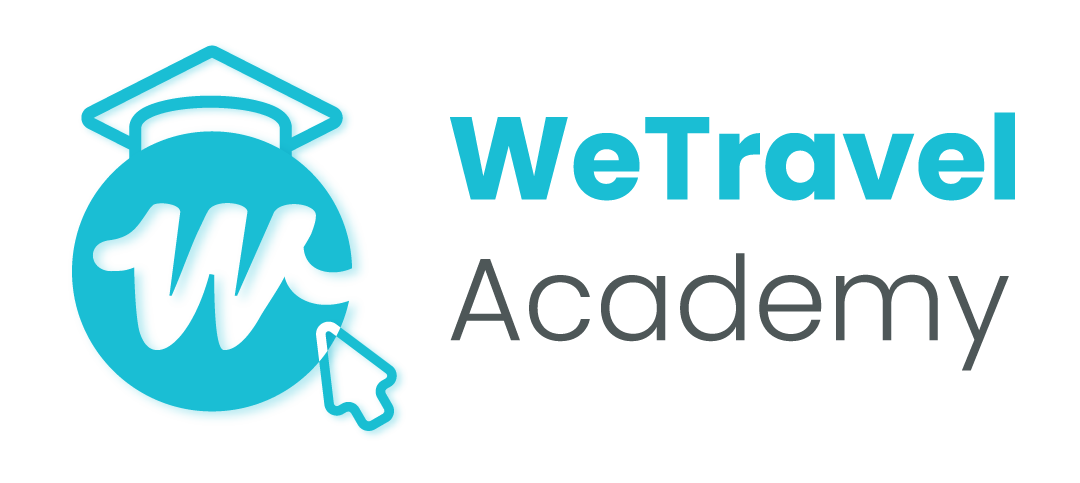As retreat leaders, you live for creating fulfilling experiences that your clients rave about for months afterward. It’s the driving force for planning unique travel experiences and connecting with like-minded people who seek a shift in themselves.
Go a step further to purposefully create and record a narrative of moments for your clients, and you have some really impactful marketing material within your reach. When it comes to winning over new prospects, being word-of-mouth worthy and the proud displayer of user-generated content works infinitely in your favor.
So, how do you go about working this into your marketing strategy? Samantha Hardcastle, owner and Co-Founder of the Storied Experience, has some answers for us.
Samantha brings a decade of marketing strategy and creative storytelling to her role in the Storied Experience. With a passion-driven mission to help travel and wellness brands elevate their experiences, she guides them through the process of deepening the purpose, culture, wellbeing, and personality across the entire traveler journey.
How To Make Your Clients Your Best Storytellers and Earn Word-Of-Mouth
What It Takes To Turn Your Clients Into Your Advocates
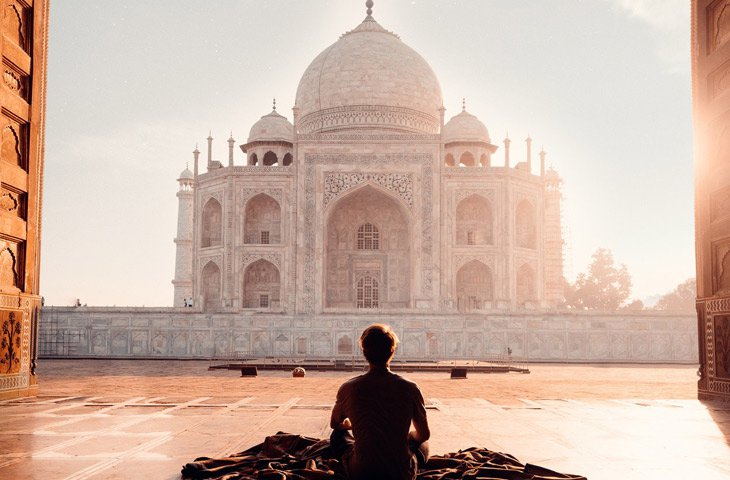
Jen: The tagline for our interview is “How To Make Your Clients Your Best Storytellers.” What exactly can you do to turn your clients, students, or retreat participants into advocates for what you’re offering?
Samantha: The word that jumps out at me is “advocates.” We have to consider, “What are people already advocating for? What are they talking about passionately? Where are they putting their energy?”
Start by looking at major trends in society. What’s on people’s minds, driving their values? How can you align yourself with that?
For example, in the current moment, politics is top of mind for a lot of people. What can we infer about people who are talking extensively about politics and making really bold statements? What do they care about? What sort of content might they be drawn to?
But also look at your specific target market. Do they fall in line with these overall trends, or do they differ in some way? Using the politics example, are they really politically active, or do they kind of shy away from that public discussion? What else might feel important to them and why?
At the end of the day, what people advocate for points you to what they care about most. And when you know what someone cares about most, you can then craft an experience (and certain moments within that experience) that become word-of-mouth worthy.

What Goes Into A “Peak Moment” and How Do These Moments Fuel Word-Of-Mouth?
Jen: When we were preparing, you brought up the concept of a “peak moment.” How do you define this term, what goes into creating one, and how can they fuel word-of-mouth referrals?
Samantha: This is probably the most important aspect in turning your clients into your advocates. When we create a retreat experience, we’re essentially bringing clients on a journey. They have their point of arrival, their departure, and all that happens in between.
The structure is like any story, where there’s action leading up to a pinnacle or climax, what we call a “peak moment.”
Research has found that people tend to especially remember those peak moments. After a retreat's final day, when it comes time for people to talk about their experience with others, it’s the peak moments that stand out and get passed along by word-of-mouth.
So, it’s really important to become intentional about creating those peak moments. Yes, the moments leading up to them are important. But people are going to zero in on the big things when they tell friends and family about their retreat.
There are a few things that you can do, four I’ll focus on specifically, to enhance those moments to make them even more word-of-mouth worthy.
The first is enhancing sensory appeal.
Let’s say I placed you in a room without any sensory engagement, just a plain room; not a very memorable experience.
But if I placed you in a room and engaged your sight, smell, and taste with sensations that are novel or unexpected, it starts to stimulate emotion. You’re primed for an experience that will inherently have some memorable aspects built into it.
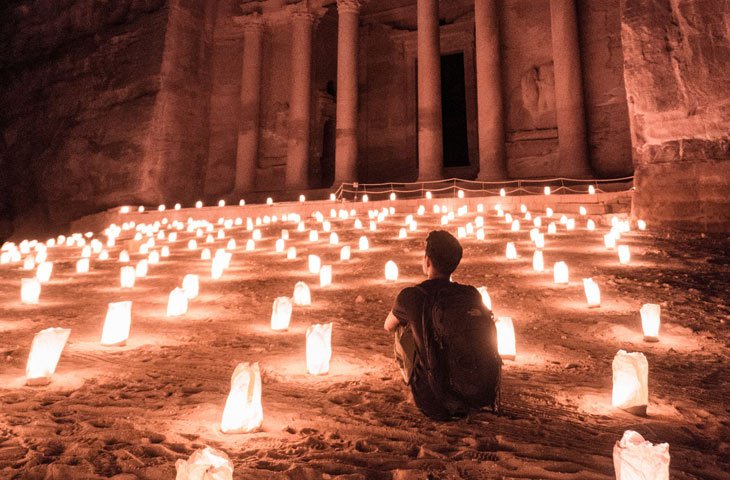
The second is breaking the script and defying expectations.
By definition, a peak moment has to stand out from all the other little moments that have been building up to it. It has to be remarkable in the sense that it's not something we've experienced before or could have exactly predicted or anticipated.
The third is challenging people in some way.
It doesn't have to be in the form of a struggle, something that's really arduous or even painful. Instead, it's a nudge toward new ways of thinking, seeing, believing. When we have that kind of shift, a transformation in the way we see ourselves or the world, it marks the beginning of something new and exciting in our lives.
The fourth is creating shared meaning amongst other people.
This isn't always necessary; you can have a peak moment by yourself. However, usually, it's amplified when it's shared with other people.
What I would recommend is to map things out. Look carefully at the journey you’re building. From the moment of arrival, how are people spending their time hour by hour? Is each activity or experience building toward a peak moment? Does the peak moment tie in with people’s motivations for seeking out your retreat in the first place?
How Talk Triggers Encourage People To Share Their Experiences

Jen: In addition to the concept of a “peak moment,” you also introduced me to the term “talk trigger.” Can you explain what this means and why they’re important in creating buzz around your offerings?
Samantha: Talk triggers are the more tangible things that we remember. The details of an experience that we use to paint a picture when narrating it for someone else. They're the details we choose to include in the story rather than leave out. Often these are sensory; related to sights and smells, sounds and tastes.
There’s a great book called Talk Triggers, which is where this concept came from. Essentially, you figure these out by asking yourself, “What is going to get people talking?” In my experience, these talk triggers often coincide with the moments when you exceed people’s expectations.
If we look at social media: Yes, some people will post about the mundane, maybe laughing about their desk lunches. But it's more about pivotal moments or instances where we're "breaking the script." These are the things that we feel called to talk about.
I’ll give you an example: goat yoga. Offering yoga classes - not too remarkable. Incorporating goats into the equation - pretty unexpected! And all of a sudden, the word-of-mouth effect just exploded. The goats are the outlier, the twist that no one was anticipating, so they became the talk trigger.

Look for examples in your daily life. Instances where you're doing something, and you had the thought, "I have to share this!" The concept doesn't have to be complex or confusing. It just has to be a little different than the standard "take” on something. Bonus points if it’s visual - people are snapping photos of literally everything these days.
Those are the things you can provide people - some fun details, some visual excitement. When you're telling a story, the worst thing is when it's kind of basic and doesn't feel like it's going anywhere. There's no build-up, no twist in the plot.
A great exercise is to reflect on the stories people are already telling about your retreats. If you were a fly on the wall listening in on their conversations, what would they be saying? What would be the highlights of their experiences? How could you enhance these to make them just a bit more colorful or unexpected?
How To Integrate Participant Stories & User-Generated Content Into Your Marketing
Jen: This makes a ton of sense; I think we’ve already come to a much better understanding of how and why firsthand accounts from clients are so powerful!
But on a practical level, what systems or processes would you recommend to people listening who want to incorporate these principles into their businesses?

Samantha: The first thing I would suggest is to have a really strong email follow-up. I've talked to a lot of businesses where once the experience ends, that's the end of the communication. It has to continue; it has to be an ongoing relationship that you're building because these clients are your greatest source of future referrals.
I went on a retreat a few years ago, and it took me a year to leave a review! It was always in the back of my head, but I was busy moving through life. So, I would suggest thinking about how to create a sense of urgency around people taking action.
Ideally, they're going to be sharing while they're on-site with you. You always want to incorporate calls to action throughout your experience by creating moments that people can't resist sharing right there and then.
But even after they've left, make sure you position your ask strategically. It's not asking for a cookie-cutter testimonial. It's asking them to share their journey; a story, a memory, a personal transformation.
Try to layer in some urgency and motivation and make things easy on their side. Strike a balance between being specific in your ask and allowing plenty of space for creativity.
For example, do they have a favorite photo? Is there a discussion forum like a Facebook group where participants can all share memories about certain moments on retreat? If you ask people to do something fun and rewarding, you're probably going to see a lot more engagement.
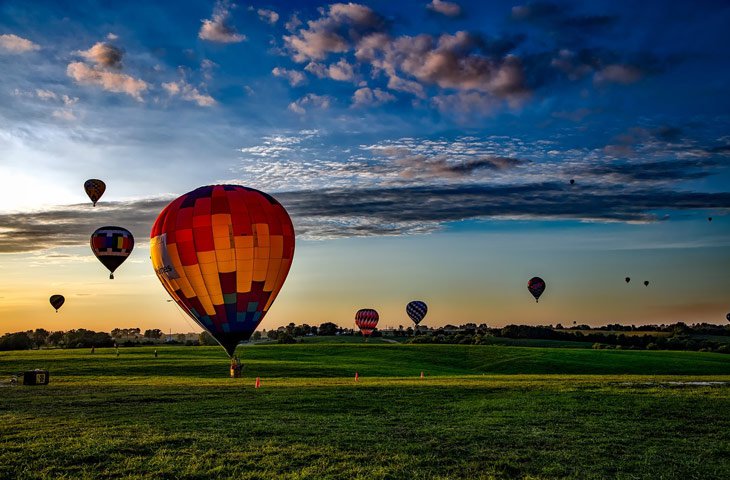
At the same time, it's of the utmost importance to make things personal. Email automation is beautiful, but if you had a strong connection with someone, a personalized email goes such a long way. Recall moments of the experience and reference those; say, "I remember X, and I could see how impactful that was for you. Do you mind speaking about that?"
Strategies To Make User-Generated Content Shine
Jen: When I think about the user-generated content I most often see in retreat marketing, I think of photos, written or video testimonials, and ratings on review platforms.
Could you speak about user-generated content: maybe characteristics that tend to make it most impactful, plus how and where to collect and share it?
Samantha: Video is huge, especially if you think about the formats (like Reels) that Instagram is pushing right now. If you can capture any short-form video from someone's experience with you, that's incredibly valuable. You want to encourage people to think about taking videos throughout their retreat; if you don't, the moment is gone.
I’ve even seen clients schedule time in their itineraries to record participant testimonials while they’re on-site. It becomes so much more powerful to see someone immersed in the experience rather than in their homes! Energetically, you also capture them when their emotions and enthusiasm are probably at their highest.
If this doesn't fit in your agenda or doesn't feel right, you can also ask people to send a video of a certain moment or activity. It can work really well to create a montage of everyone doing the same thing but from their unique perspective.
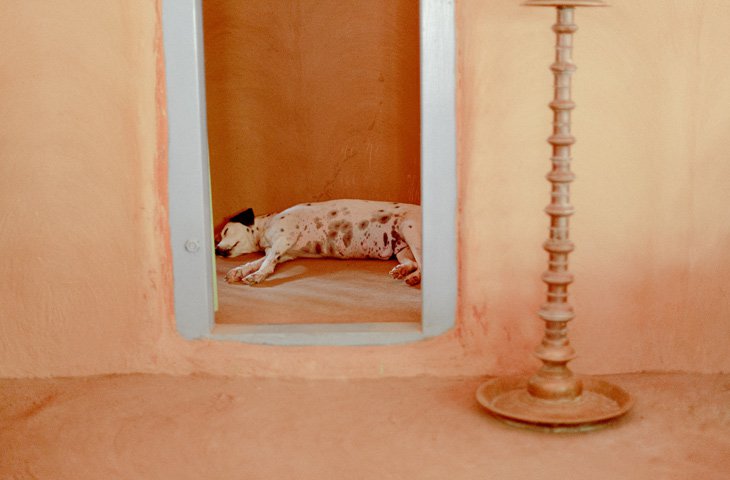
Keep in mind that you can play around with the video footage you receive in follow-up, piecing it together to tell a larger story. There are so many people working with video these days; if this isn't your interest or your strength, check out services like Fiverr to find creatives to work with.
For still photography, the thing I get most tired of seeing on social media is images that are beautiful, but maybe a bit generic, paired up with one-liner captions. Those are great in small doses, but instead, I'd recommend you use that space to hook someone emotionally. That's what the platform is all about! You can be really effective pairing photos with written testimonials; it's a powerful combination.
Also, for using Instagram, look at your destination’s hashtags and location tags. See what people are already posting; what are the top images popping up? It’s basically built-in consumer research; you can get a feel for what’s happening in the region, the local culture, what has other people talking.
Sharing some of this in your marketing will give your prospective participants a reason to really want to be there with you. It can also inspire a bit of a checklist in terms of the in-destination photos and videos you may want to capture (or encourage your participants to capture).
Once you’ve done some of this research, you should tailor your marketing message, including your choice of images, to reflect your own voice. This personality can be a talk trigger in itself. You may have the exact same offering in terms of your program or food or whatever, but when you incorporate your personality and values into the experience, it becomes your own. People sense that; it gets them talking.
Final Thoughts
Earning that all-important word-of-mouth marketing is incredibly powerful for attracting new clients to your business.
But more than that, having a strategy around creating moments that are word-of-mouth-worthy helps you to provide an even more layered experience for your retreat goers. You can return home knowing that you have helped each person to reach a point on their trip that had a considerable impact and shifted their perspective in some way.
New resources, straight to your inbox
We’re committed to your privacy. WeTravel uses the information you provide to us to contact you about our relevant content, products, and services. You may unsubscribe at any time.

